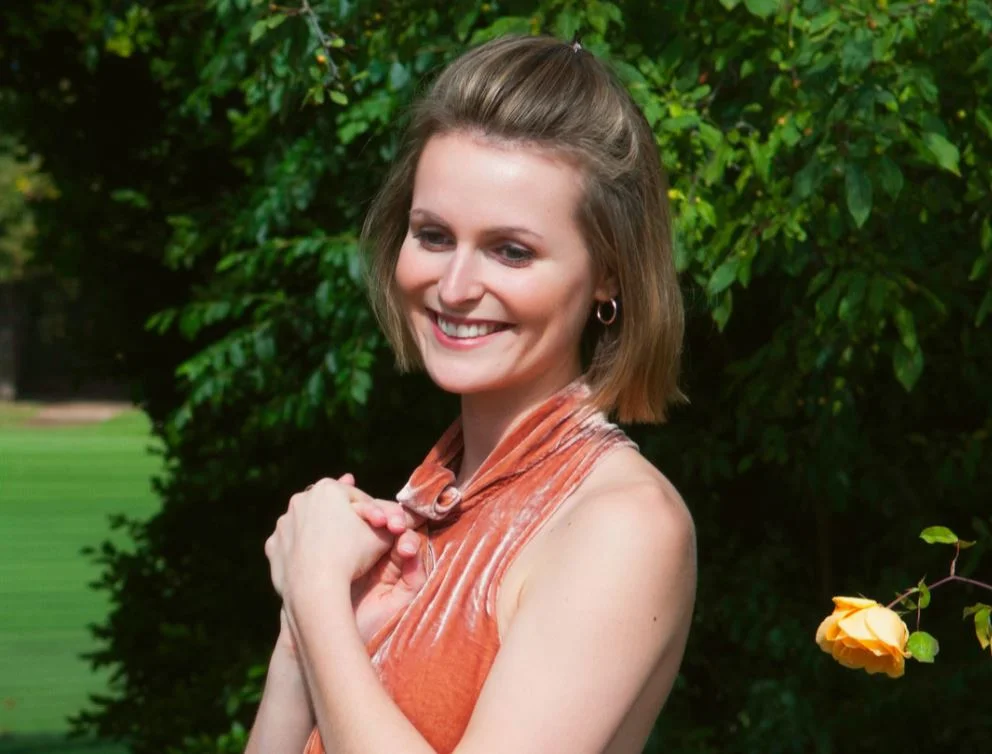Carmen - Bizet - Copenhagen
Image taken from the Copenhagen Opera House website
The wonderful new Copenhagen Opera House, now amongst the most modern opera houses in the world, is located in central Copenhagen on the river. It is also one of the most expensive opera houses ever built, with a construction cost of over USD 500m donated by the Moller Foundation, which was the co-founder of the shipping company now known as Maersk. It opened in 2005 and can seat up to 1,700 people with a large orchestra pit that can fit 110 musicians.
The Carmen production was the 2016 Barry Kosky production seen in London at the Royal Opera House. His staging of course is all about the giant staircase that remains on stage throughout and the interest in the evening is the increase in dance and choreography to compensate for the lack of different visual scenery. In this respect the choreography by Otto Pichler and supported in Copenhagen by Madeline Ferricks-Rosevear was outstanding. It was a really interesting evening, not least because Copenhagen Opera is an ensemble and all the principal singers came from the ensemble. As a result the coordination between all the principal artists and the Chorus was outstanding.
The Italian Conductor Paolo Carignani, who is a regular in Copenhagen, followed this through with the Orchestra. He gave us a pacey and elegant rendition of the score with particular emphasis on the music in the dance scenes and in Barry Kosky’s Act 1 musical additions to the score.
It was full on action, although it was a shame that the children’s chorus were all boys and no girls and that the Escamillo of David Kempster was vocally indisposed and replaced vocally only by Johanna Reuter.
The Carmen of the shimmering Elisabeth Jansson was special and it is only a shame that Kosky allows her first entrance to be somewhat demeaned as she appears in an ape costume. The final scene with her Don Jose sung by Niels Jorgen Riis, who has a limited, but reasonable tenor sound, was somewhat of an anti-climax and Carmen’s death scene was coldly detached.
However, in Copenhagen ultimately the ensemble wins and of course then so does the audience.






